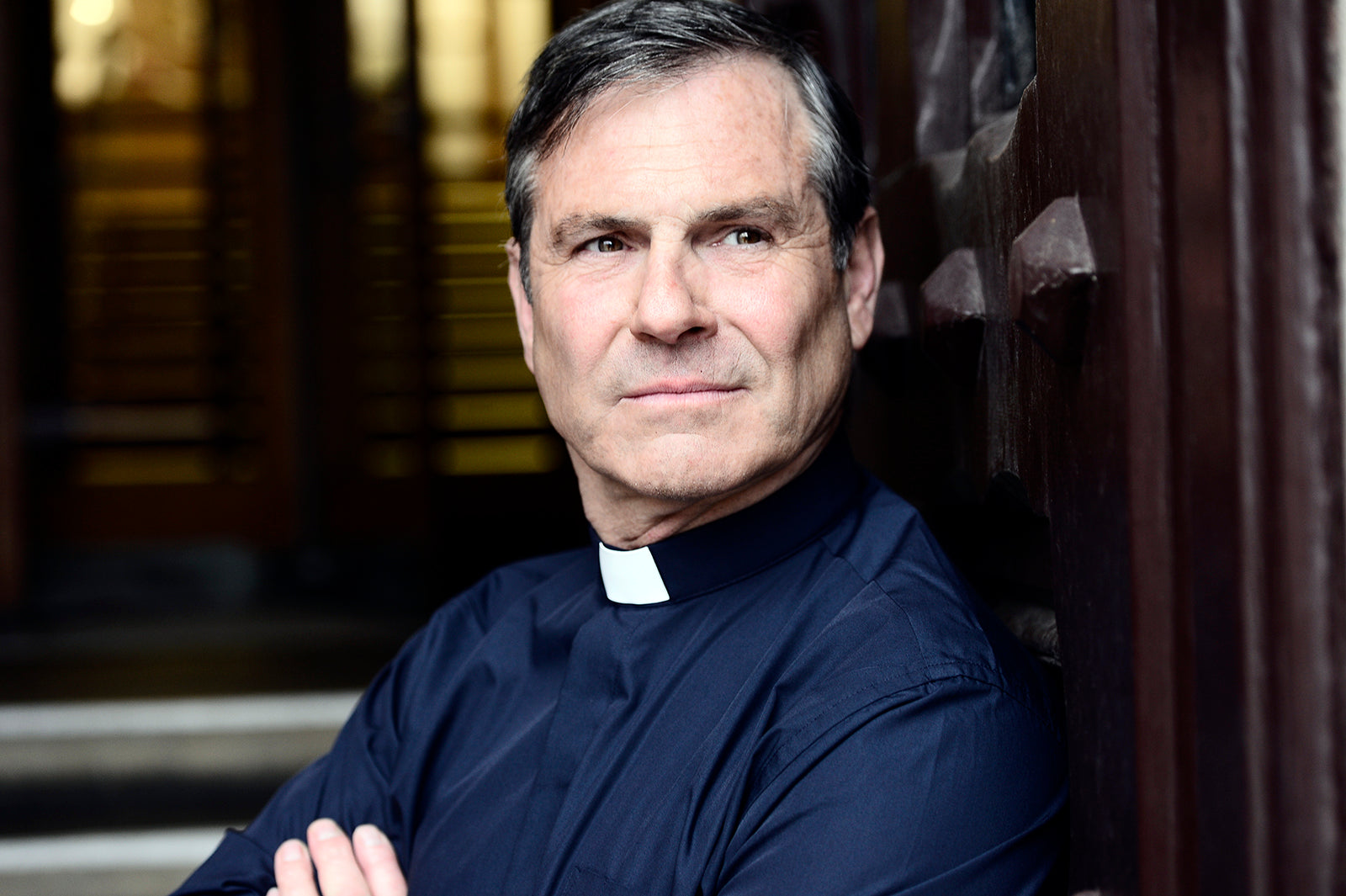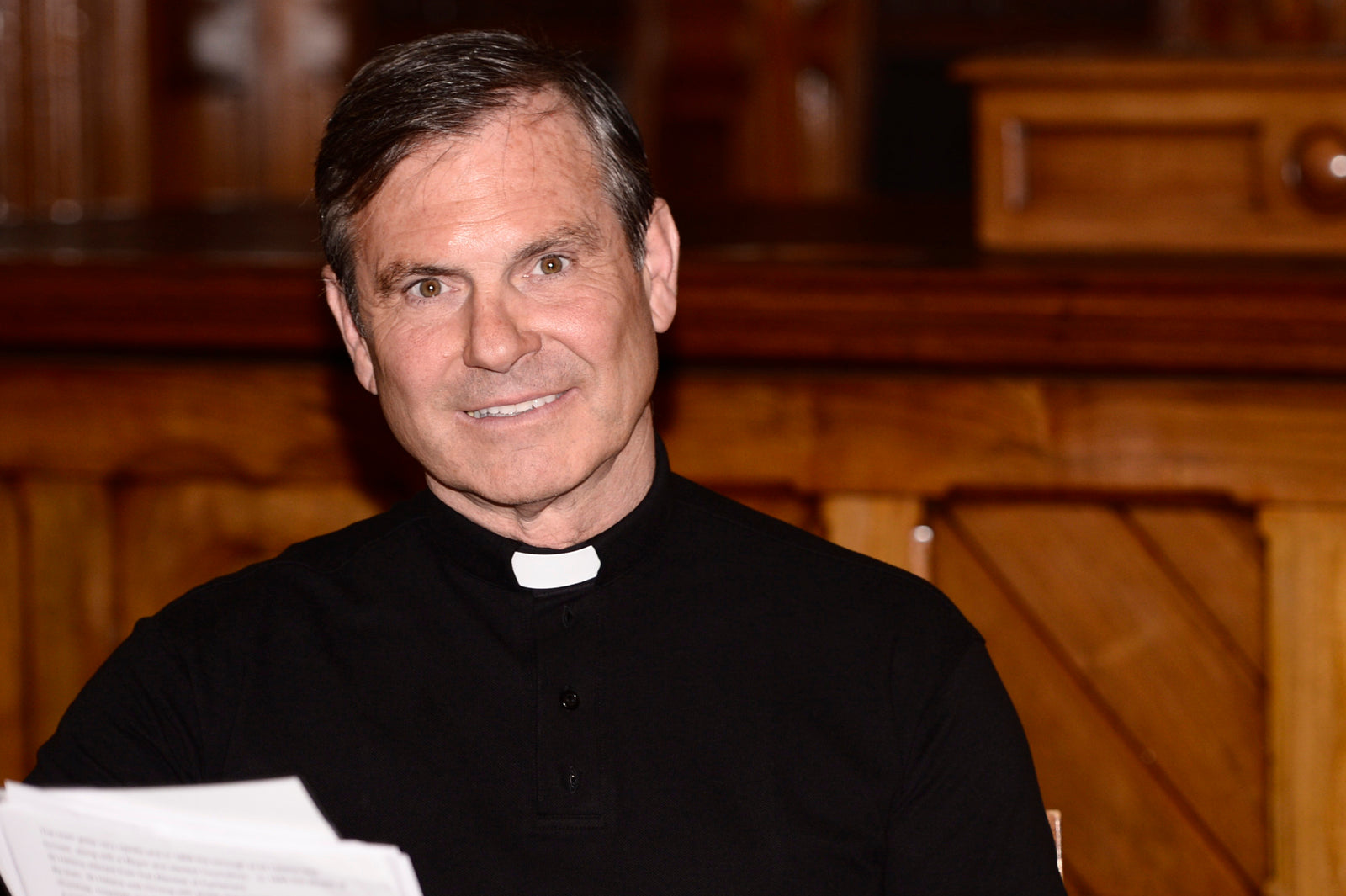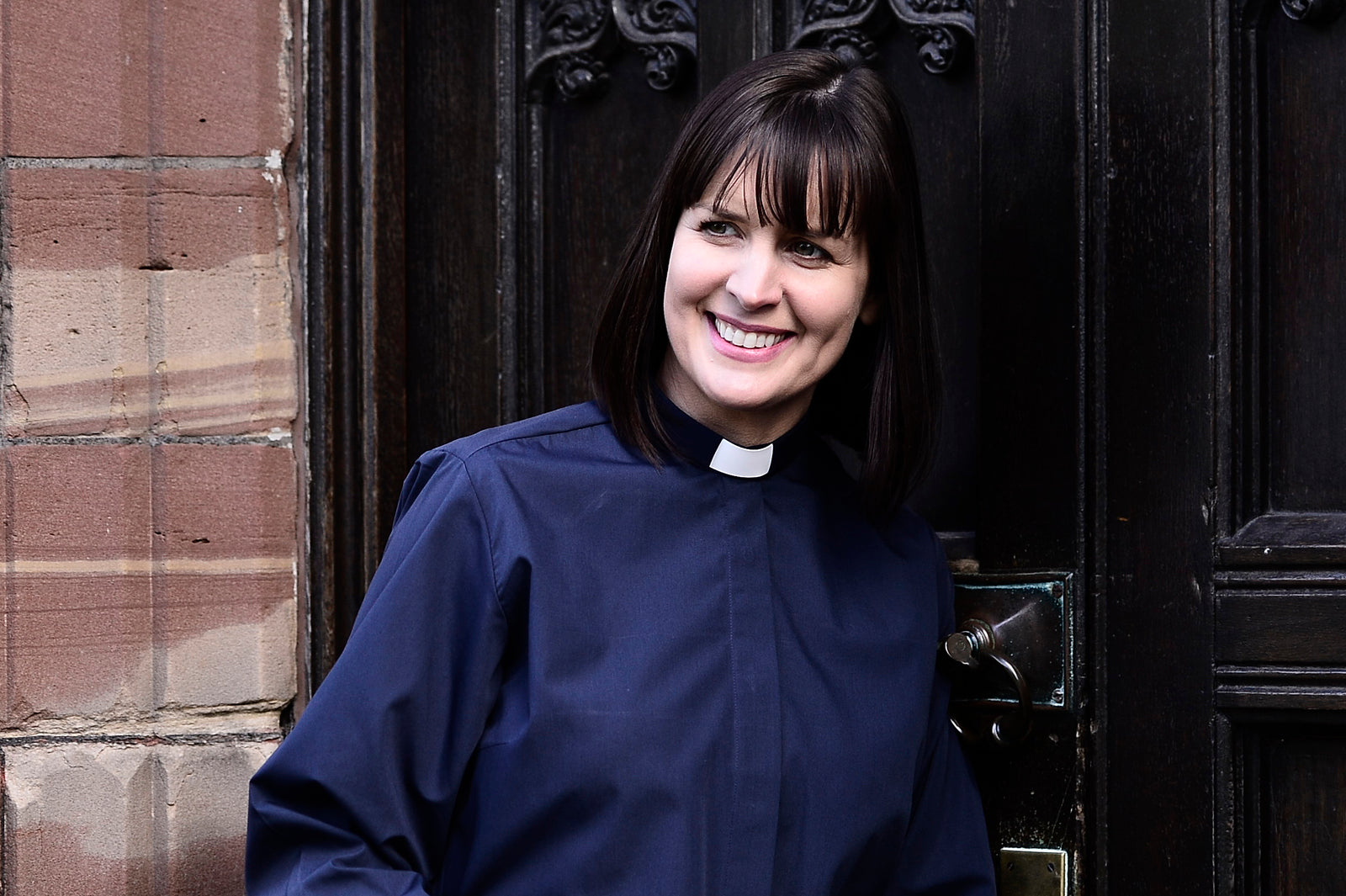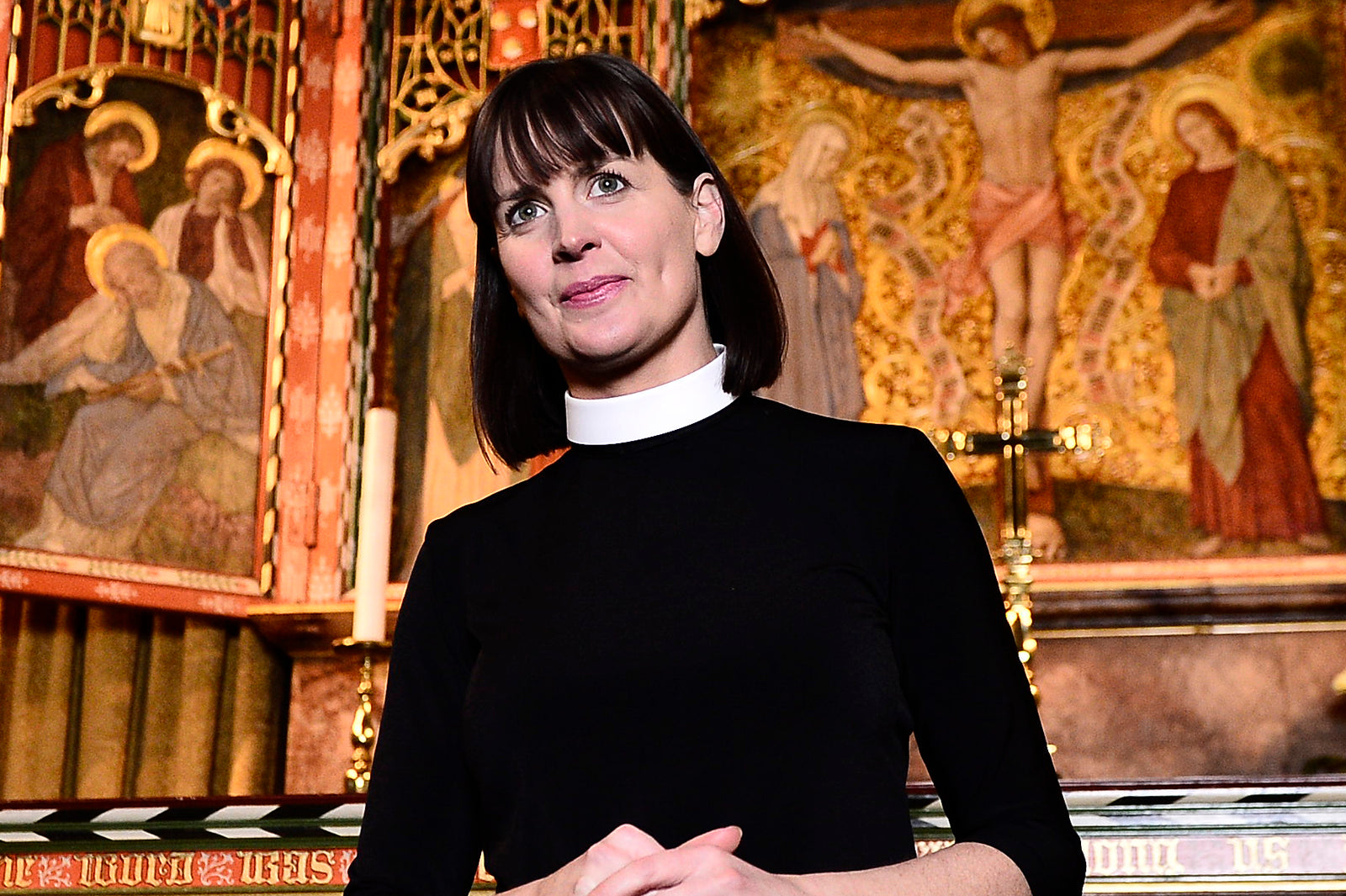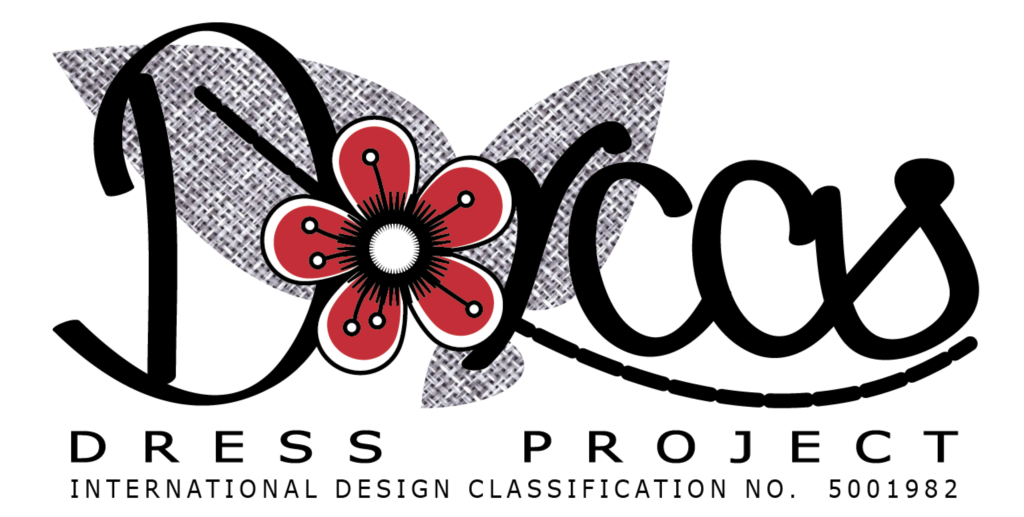The Art of the Collar
Hammond & Harper was recently featured by a writer in an English Gentlemans Fashion magazine called "The Chap" (pictured right). The segment in which we featured was a Q&A section by a writer known as "The Butler", who answers any and all questions from readers. The question that featured was one from Edward Barlow, who seemed to be torn between how to appropriately stock his wardrobe with either clerical slip-in or tonsure collars?
The Butler, also known as Mr. Bell, provided apt advice on how to manage the system from a fashion stand-point, as followed:
I have to admit, Sir, that in all my years as butler this is the first time that I have been asked this particular question! I am sure that there will be a few good readers who will not know the difference between the two collars, so I have included pictures of both. To be honest, Sir, it depends how often you wear your shirts. As a rule of thumb, I always advise gentleman to have a minimum of eight. You will then have one for each day, plus a spare in case of emergencies. I would recommend in your case, since you have favoured the tonsure style, to have at least six of those, then two of the other for general wear. I'm sure you already know of this reputable supplier of said clerical collars: timothyh80.sg-host.com
It was a very well answered question as it pertains to contemporary fashion and one that we happen to agree with! His endorsement of our clerical wear was completely impartial, and whilst we appreciate his recommendation greatly, it got us thinking about the true origins of the infamous clerical collar. We have strayed so far from it's true meaning and stumbled into the realm of practicality and routine - so let's go back to the start for a moment.
The clerical collar was created by the Rev. Donald Mcleod, a Church of Scotland (Presbyterian) minister in Glasgow. It began around the Oxford Movement, which was a movement of High Church members of the Church of England which eventually developed into Anglo-Catholicism. The movement, whose original devotees were mostly associated with the University of Oxford, argued for the reinstatement of some older Christian traditions of faith and their inclusion into Anglican liturgy and theology. During this movement, this led to the adoption by many Anglican clergy of a clerical collar, certainly by the time of the First World War. A reaction began in the late 1960s, especially among evangelical Anglicans, who returned to lay neckwear, as had been the normal practice among clergy before the mid-19th century. This was probably due to their rejection of the Roman Catholic doctrine of priesthood.
There is, incidentally, no requirement in canon law for the “dog collar” to be worn. A “middle-of-the-road” clergyman speaking in the late 1950s said that, in wearing a white shirt and white tie, he was being a loyal and traditional Anglican. The Reverend Henry McCloud stated that the collar "was nothing else than the shirt collar turned down over the cleric's everyday common dress in compliance with a fashion that began toward the end of the sixteenth century. For when the laity began to turn down their collars, the clergy also took up the mode."
Okay, so now we know a little about why and how the collar came about, but what does it represent? Well, it all comes down to the significance and symbolism of a holy calling. However, Church rules on the subject are vague. Canon law - the rules and regulations of the Christian church - says the apparel of bishops, priests and deacons should be "suitable to office" when on duty to communicate their "spiritual charge". It's true symbolism could even be traced back to when Jesus speaks to the Church at Sardis through John (in Rev. 3), he says:
Yet you have still a few names in Sardis, people who have not soiled their garments, and they will walk with me in white, for they are worthy. 5 The one who conquers will be clothed thus in white garments, and I will never blot his name out of the book of life
The colour of white represents purity - a washed spirit of worthiness in the eyes of God. The collar itself is a small representation of this purity - a means of showing the obligation and commitment that a priest has undertaken to model the purity of God. Like any painting, music or fine literature, the art of the collar lies in its symbolism and unifying meaning. As days become months and months turn into years, we can easily forget this and we must remind ourselves that routine, monotony and practicality has no part to play in the donning of this collar.
The Origins of the Clerical Collar -
https://www.banneroftruth.org/uk/resources/articles/2002/the-origin-of-the-clerical-collar/
Please note that whilst we endorse every writers contribution of free speech and diverse perspective, these articles do not directly reflect the opinion or beliefs of the Hammond and Harper ethos. We look to publish content that may invoke or spark healthy debate and provide thoughtful insight into important topics from informed writers.


